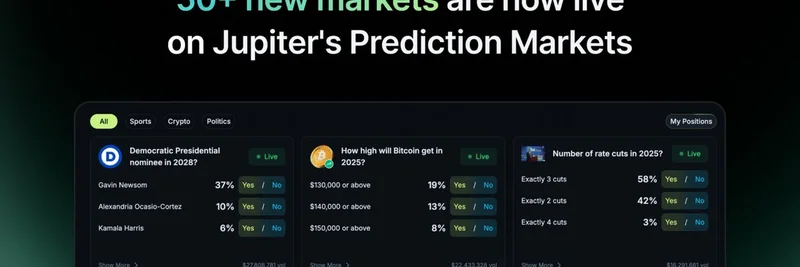In the fast-paced world of crypto, where meme tokens can skyrocket or plummet in hours, trust remains a major hurdle. Centralized exchanges can fail, and decentralized ones often come with their own risks. But what if trading could be truly trustless, just like Bitcoin made payments? That's the vision Alexis Sirkia, co-founder of Yellow Network, shared in a recent interview on the "When Shift Happens" podcast, hosted by MR SHIFT.
Alexis, who previously co-founded GSR—one of the largest crypto market-making firms—left that billion-dollar success to tackle a core problem in crypto: counterparty risk in trading. In his chat with MR SHIFT, highlighted in a thread on X, Alexis explains why Yellow Network is building a Layer 3 protocol using state channels to make trading as trustless as Bitcoin is for money.
The Problem with Trust in Crypto Trading
Crypto has come a long way since Satoshi Nakamoto introduced Bitcoin, removing the need to trust banks for payments. Ethereum took it further by automating contracts without intermediaries. Yet, when it comes to trading—especially for volatile assets like meme tokens—trust is still required. You have to believe your counterparty will honor the deal, and centralized platforms can vanish overnight, as we've seen with high-profile collapses.
Alexis points out that this trust bottleneck limits scale and innovation. "We only trade and do business with people we trust," he says. Yellow aims to change that by creating a system where results are guaranteed without relying on trust.
How Yellow Network Solves It with State Channels
At the heart of Yellow is state channel technology, a Layer 3 solution that allows two parties to trade securely and efficiently off-chain, with settlements handled on-chain only when needed. Think of it like running a tab at your favorite coffee shop—instead of paying for each cup, you settle up at the end. In trading terms, this means streaming profits and losses in real-time via smart contracts, with collateral locked up to ensure no one can walk away without paying.
Unlike the Lightning Network, which struggled with capital inefficiency for payments, state channels shine in trading where billions are at stake. "Streaming money wasn’t a real use case," Alexis notes. "Streaming profit is." This makes Yellow particularly appealing for institutional players and high-frequency traders, but it also has huge implications for retail users in the meme token space, where quick, low-cost trades are essential.
Yellow positions itself as the "highway" connecting traditional finance (TradFi) to crypto. Brokers, online platforms, and even meme token enthusiasts can tap into a global, decentralized market without worrying about liquidity fragmentation or counterparty defaults.
Why This Matters for Meme Token Enthusiasts
Meme tokens thrive on community hype and rapid trading, but they're often plagued by rug pulls, illiquidity, and exchange risks. Yellow's trustless infrastructure could open the floodgates for safer, more efficient meme trading. Imagine swapping your favorite dog-themed token across chains without trusting a shady DEX or fearing a hack. By drawing in institutional liquidity, Yellow could stabilize meme markets while keeping the fun, viral energy intact.
Alexis even convinced his own mother to invest €30,000 by comparing Yellow to Bitcoin: "What Bitcoin is to payments, Yellow is to trading, and trading is ten times bigger than payments." With backing from crypto heavyweights like Chris Larsen of Ripple, Yellow isn't just hype—it's backed by serious tech and vision.
The Bigger Picture: Completing Satoshi's Vision
Yellow isn't building another DEX or layer; it's creating the foundational infrastructure for trustless markets. As Alexis puts it, if Bitcoin is "in numbers we trust" and Ethereum is "arbitration without humans," Yellow is the trustless trading layer on top. This could be the unlock that brings trillions from TradFi into crypto, benefiting everything from blue-chip assets to the wildest meme coins.
The thread on X, shared by Alexis, links to the full interview write-up, which dives deeper into his journey from GSR to Yellow. It's a must-read for anyone serious about crypto's future. As institutions line up—per Alexis, "Brokers are literally lining up to be the first"—Yellow feels like being early to the NASDAQ in its decentralized form.
For meme token traders, this means more liquidity, less risk, and bigger opportunities. Keep an eye on Yellow Network; it might just make your next trade as seamless and secure as sending a Bitcoin transaction.
If you're diving into meme tokens or broader crypto infrastructure, check out more insights on Meme Insider. What's your take on trustless trading—game-changer or overkill? Drop your thoughts below!




